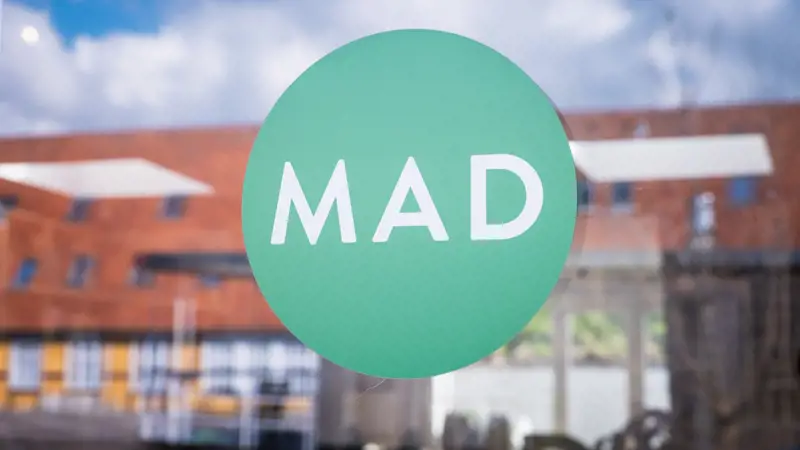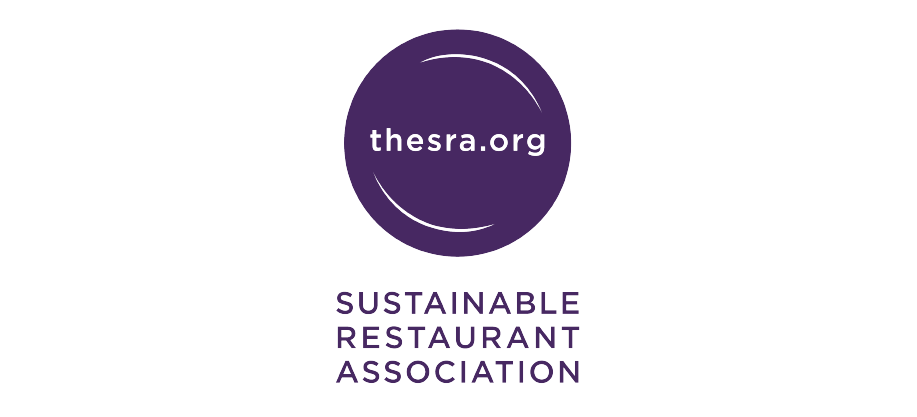How to Lead Change: The Missing Piece Of The Sustainability Puzzle
05 June 2024
Share this exclusive content from Saladplate
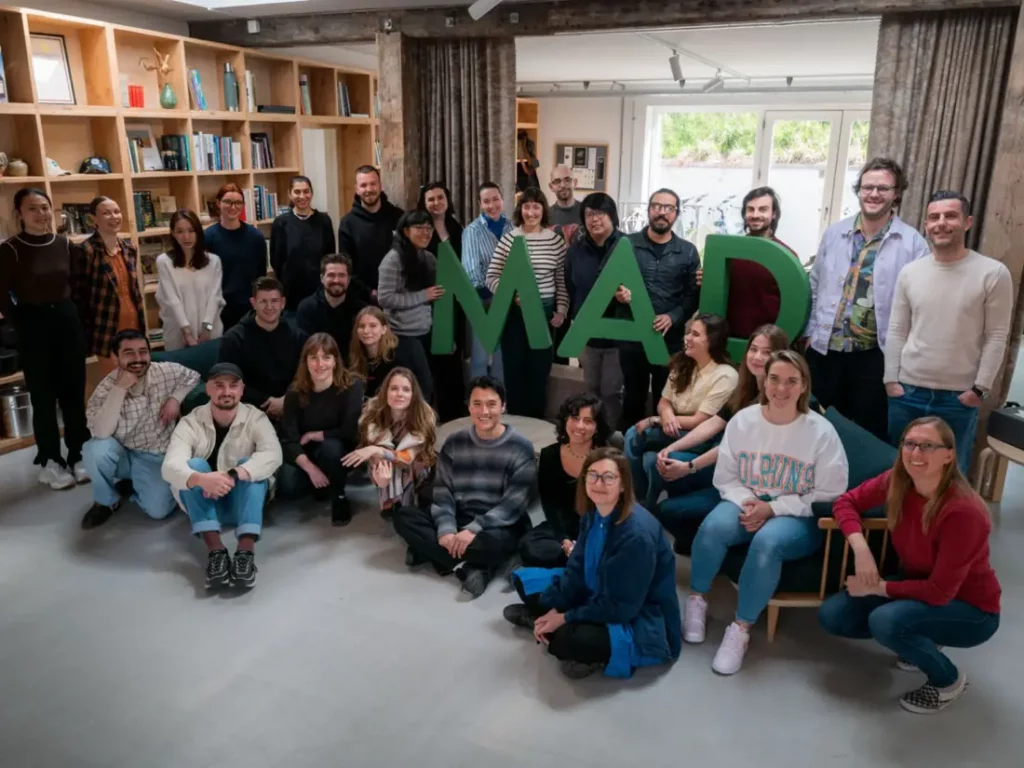
IN THIS GUEST ARTICLE, HOLLY LETCH, HEAD OF SUSTAINABILITY AT JKS, SHARES HER KEY LEARNINGS FROM COMPLETING THE LEADERSHIP AND BUSINESS COURSE AT MAD ACADEMY.
What do I do in my job? Well, it varies – every day is drastically different. Sometimes it’s pestering suppliers for more information than they’re willing to share on provenance, feeds and fertilisers. It’s navigating the Wild West of utility companies to input consumption metrics into one of many excel trackers. It’s plotting with charities. It’s mapping out social media campaigns. It’s creating trainings, SOPs, guides, events, toolkits and policies. For better or for worse, it’s many things.
However, there is one continuum in my role: I need to be a changemaker in order to shift the dial in our operations towards a sustainability-centric mindset. It doesn’t matter what the topic is, be it energy, charity or social media campaigns – a sustainability role means, in sum, affecting and leading change.
HOW SUSTAINABILITY MANAGERS CAN LEAD CHANGE
Restaurants are rhythmic businesses built upon the daily routines of lunch and dinner, the weekly ascent to the weekend and the annual ebbs and flows brought by the seasons. We have checklists, prep lists and reservation diaries, all to keep us aligned with the routine structures that enable us to reach our commercial and creative goals. So, in a sustainability role, where my job is to unpick and reformulate these structures, the job becomes less about the topic at hand (let’s say reducing energy via behaviour change) and more about how to communicate, inform and inspire people to unlearn their muscle memory and step into new ways of working.
It took me a while to reach this conclusion. At first, I thought if I armed myself (and others) with all the research and reasoning, change would follow. Unfortunately, this tends to have the unintended effect of overwhelming rather than inspiring – so, in a quest for professional development, I’ve been focusing on leadership as the skill central to unlocking our sustainability potential.
A QUEST FOR INSPIRATION
A formative experience in this ‘quest’ was attending MAD Academy in Copenhagen on their Leadership and Business course earlier this year. MAD defines itself as “an educational institution that equips students from the global hospitality community with the knowledge, tools and inspiration to effect positive change in their professional lives and in the world”. The Academy launched in 2019 as part of the longer-established MAD Foundation, which runs a programme of symposiums, talks, publications and resources.
This was my second time visiting MAD; I first went in 2021 to attend their Environment and Sustainability course, which was a formative moment for me professionally, transitioning away from restaurant service into the role I do now. This year, it felt opportune to be returning to MAD at a point where, much like last time, I felt in need of reflection, inspiration and a sense of community.
We heard from a range of speakers but spent the most time with Erin Wade, our faculty member for the week. Erin had travelled from California’s Bay Area where she runs Homeroom, a three-site mac-and-cheese restaurant, and is soon to publish The Mac & Cheese Millionaire: Building Better Business by Thinking Outside the Box.
It’s Erin’s ethos around ‘better business’ that brought her to MAD and this was the theme during her thoughtful, insightful and honest workshops. She’s gained much acclaim for, along with the team, the creation of the Color Code of Conduct system: ‘a guide for dealing with restaurant customers who creep you out or sexually harass you’. The impact this had on reducing cases of sexual harassment and improving employees’ psychological safety was so noticeable that the system has been adopted by hundreds of other restaurants in the US and further afield.
Erin’s background as an attorney is evident in her approach. She ran us through the diplomatic framework she uses for decision-making, seeking to maximise positive potential for all stakeholders: employees, guests and the company. Collective Success is a structure that has allowed her business to evolve whilst keeping consistency in company mission, minimising pushback and creating group clarity and cohesion.
The process involves bringing the team together over a particular decision, mapping out stakeholder interest and identifying how a decision could provide the maximum benefit to all groups. We undertook the exercise as a group on the topic of opening for service on a national holiday, but it was clear to see the potential of using this with sustainability topics in mind. By having ‘The Earth’ represented as a stakeholder, it would be possible to make decisions where sustainability interests are considered, maximised and collectively agreed upon.
The aforementioned examples were just two of Erin’s many nuggets of wisdom, which existed alongside a roster of industry and non-industry speakers whose collective impact was rejuvenating. I would need many more words to outline all sentiments from those five days, but with the lens of sustainability and in efforts of being concise, here are my key takeaways for leading change.
HOLLY’S KEY TAKEAWAYS FOR LEADING CHANGE
- Change is necessary. In order to grow as a business, change must be embraced. People aren’t afraid of change, they are afraid of being changed; therefore, it’s important to paint a compelling picture for why. The necessity of change was recently aptly analogised by Countertalk as being like a lobster.
- Share the why. We often focus on what and how and miss out on ‘the why’ – the compelling narrative that onboards people to the idea of change in the first place.
- Define your values. Sustainability can be a focus of many areas, so define and communicate what matters to your business. Is it ingredients? Is it charity? If you are yet to work out what your values are, the Food Made Good Standard by The SRA provides a holistic Framework for understanding and prioritising sustainability values.
- The importance of EDI. We need diversity in people AND personalities and this also applied to sustainability. How do we get a diverse coalition of voices advocating for sustainable change?
- Impact and visibility. Within sustainability, our objective is to reduce (or improve) our impact. This can lead us to focus on areas which aren’t visible to our teams, for example our carbon footprint.
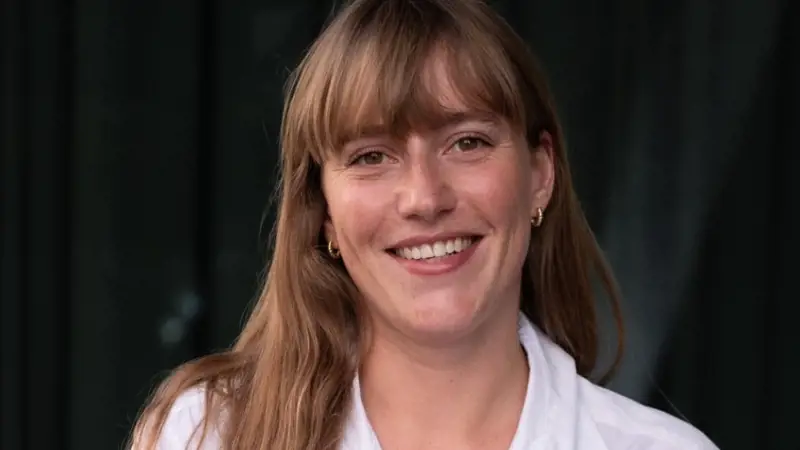
Holly Letch, Sustainability Manager at JKS
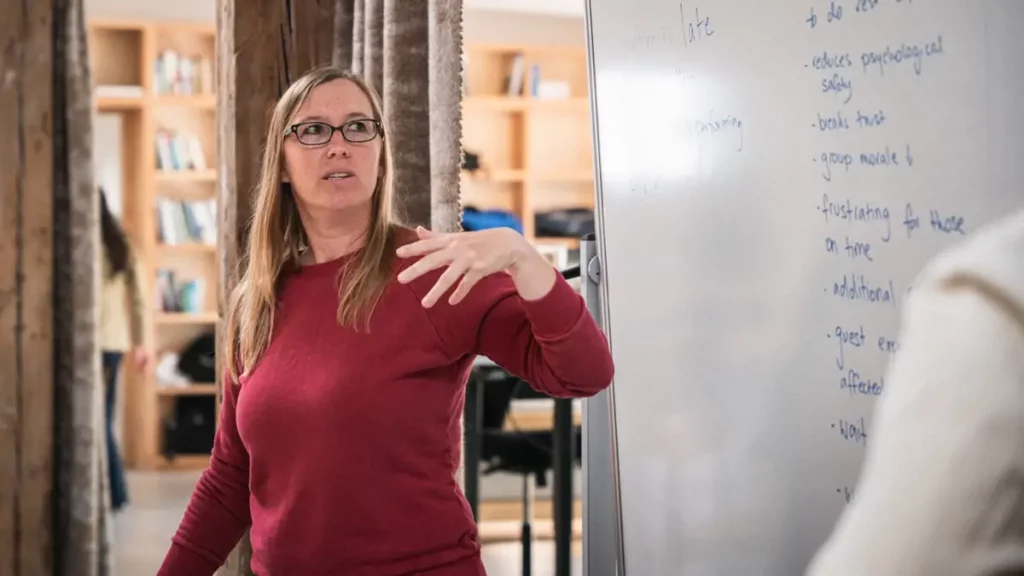
Erin Wade at MAD Academy
